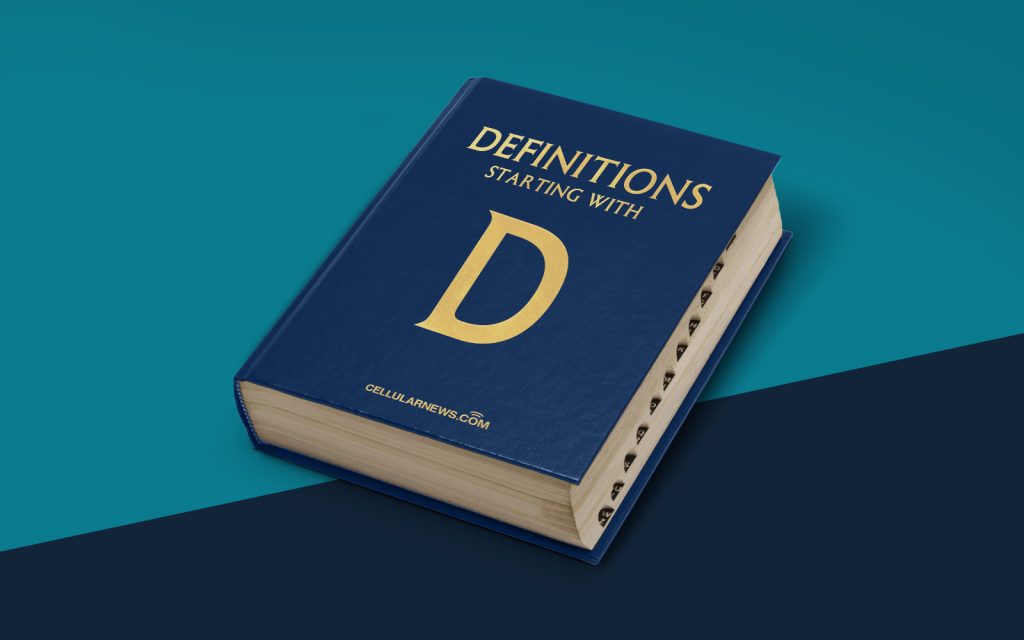
Exploring the World of Digital Filters
Welcome to our “Definitions” category, where we break down complex concepts into simple terms. Today, we will dive into the fascinating realm of digital filters. So, what exactly is a digital filter, and how does it work? Let’s find out!
Key Takeaways
- A digital filter is a mathematical algorithm that processes digital signals.
- It is used to enhance or modify digital signals in various applications, such as audio processing, image filtering, and data analysis.
Imagine you have a bucket full of colored beads, and you want to separate them based on their colors. You could use a filter with different-sized holes to allow only specific colors to pass through, separating the beads accordingly. Similarly, a digital filter acts as a gateway for digital signals, allowing certain frequencies or components to pass through while blocking others.
A digital filter is essentially a mathematical algorithm that processes digital signals, such as audio or image data, in a systematic way. It takes an input signal, applies a series of calculations, and produces an output signal with desired characteristics. These desired characteristics can include removing unwanted noise, enhancing specific frequency ranges, or simply modifying the signal for various purposes.
Now, you might be wondering, how does a digital filter actually work? Well, let’s break it down into simpler terms:
- Input Signal: The digital signal that needs to be processed.
- Filter Coefficients: These are the numerical values that define the behavior of the filter. They determine how the input signal will be transformed into the output signal.
- Filtering Operation: The input signal is convolved with the filter coefficients, meaning it undergoes a series of mathematical operations to produce the desired output signal.
- Output Signal: The resulting digital signal after being processed by the digital filter.
There are several types of digital filters, each with its own characteristics and applications. Some common types include low-pass filters, high-pass filters, band-pass filters, and notch filters. These filters can be designed to cater to specific requirements, such as removing noise from audio recordings, sharpening images, or isolating specific frequency components from a signal.
Now that you have a basic understanding of digital filters, you can appreciate their significance in various fields. They are widely used in audio processing, telecommunications, image processing, data analysis, and even in everyday consumer electronics like smartphones and music players.
Key Takeaways
- A digital filter is a mathematical algorithm that processes digital signals.
- It is used to enhance or modify digital signals in various applications, such as audio processing, image filtering, and data analysis.
So, the next time you enjoy clear sound quality while listening to your favorite song, or marvel at stunning images on your smartphone, remember that digital filters play a vital role behind the scenes. They help us shape and improve the digital world we interact with every day.
